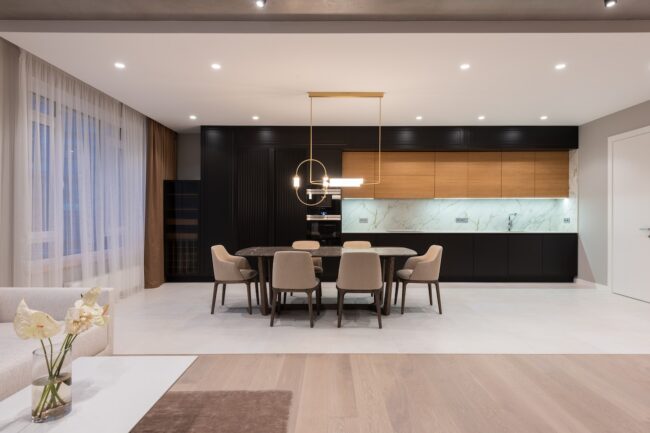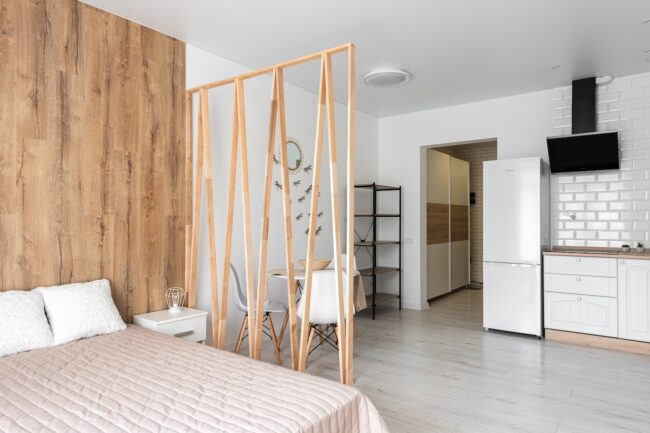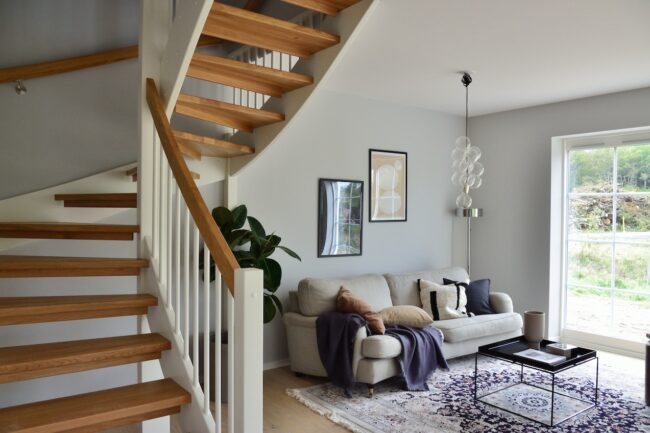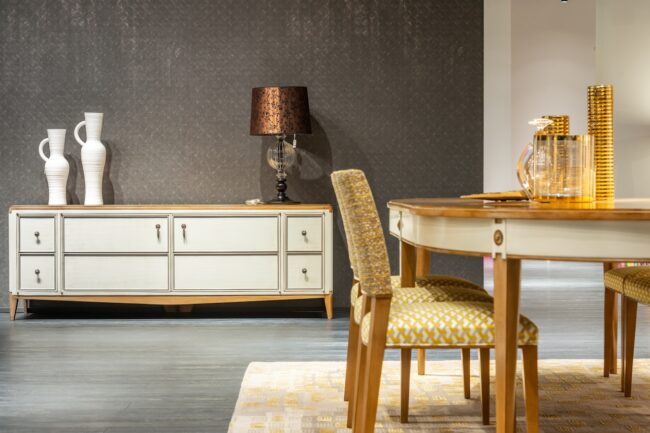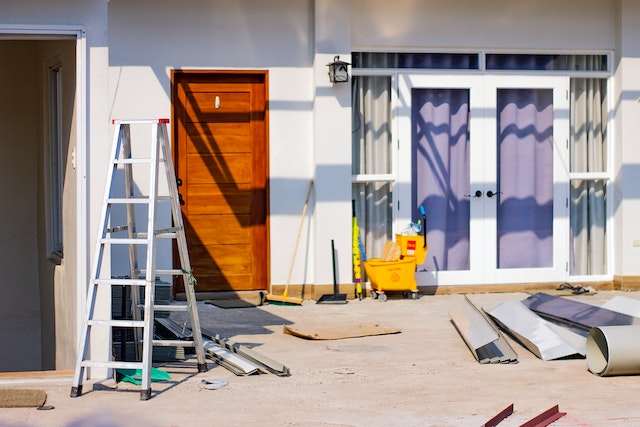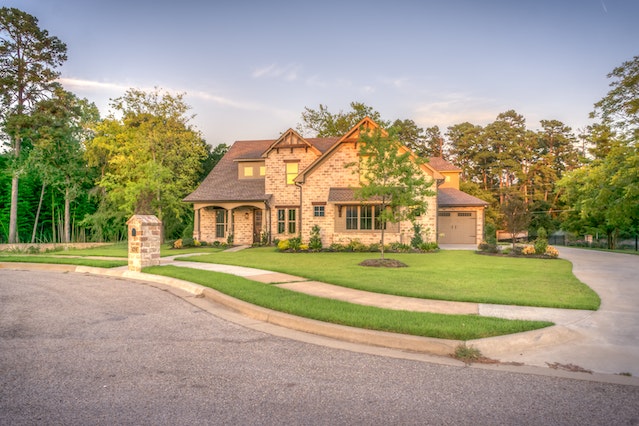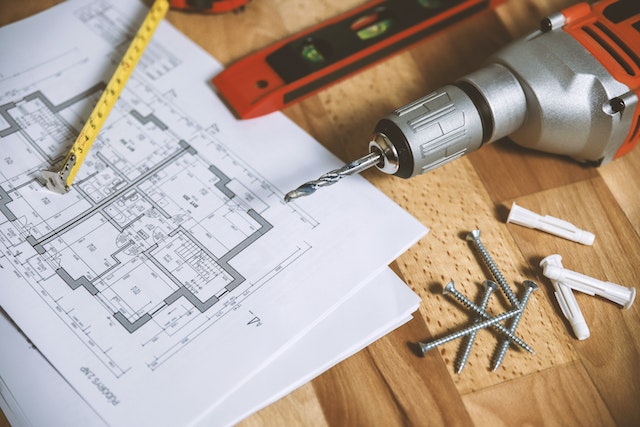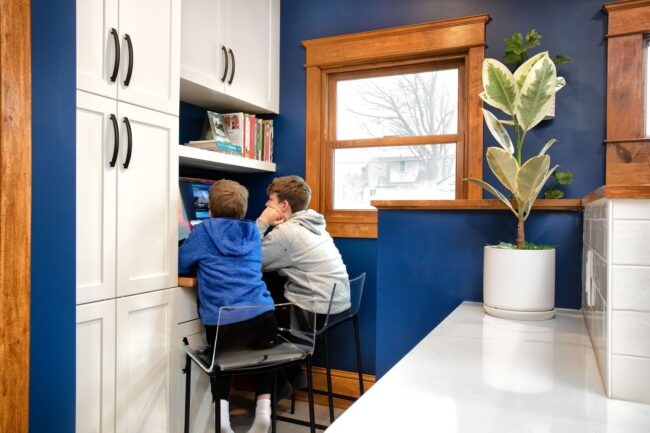Bring The Outdoors In: Creating A Connection With Indoor-Outdoor Remodeling
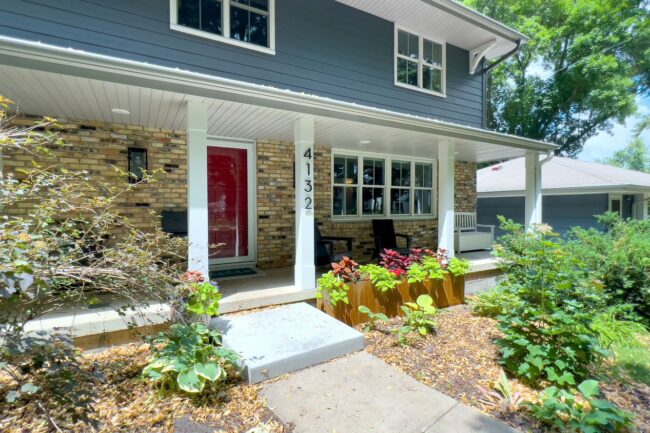
Step into a world where the boundaries between indoor and outdoor living become beautifully blurred. Imagine a space that seamlessly connects you with nature, allowing you to breathe in the fresh air and bask in the warm sunlight without ever leaving the comfort of your home. Welcome to the transformative realm of indoor-outdoor remodeling.
This article will show you how to bring the outdoors in and create a harmonious connection with nature through strategic renovations. Like a bridge connecting two worlds, these remodeling ideas will transport you to a place where tranquility and serenity reside.
Join us as we explore innovative ways to merge indoors with outdoors, and get ready to embark on an extraordinary journey of transformation as we guide you towards creating a deeper connection with nature within your very own home.
Install Large Windows & Glass Doors
You’ll love how installing large windows and glass doors floods your home with natural light. Large windows are an excellent way to bring the outdoors in while enjoying all the comforts of your home. They allow plenty of sunlight to enter, making your living areas feel bright and spacious.
You can enjoy unobstructed views of your landscape by opting for large windows. Whether it’s a beautifully manicured garden or a breathtaking sunset, these windows provide a picturesque frame that brings nature into your living room.
Glass doors are another fantastic addition to consider when bringing the outdoors in. They allow more natural light to flow into your home and provide easy access to outdoor spaces such as patios or gardens. With glass doors, you can seamlessly transition between indoor and outdoor living, inviting fresh air and panoramic views into your daily life.
Add an Alfresco Kitchen
Start enjoying the convenience of an alfresco kitchen, where you can cook and entertain guests in your backyard oasis. For instance, imagine hosting a summer barbecue with friends and family while effortlessly grilling up delicious burgers and steaks on your outdoor grill, all while enjoying the fresh air and beautiful scenery.
An alfresco kitchen not only adds functionality but also enhances the overall ambiance of your outdoor space. So why limit yourself indoors when you can bring the joy of cooking outside?
Brighten Up Your Outdoor Space
Transform your outdoor oasis into a captivating and inviting retreat by incorporating enchanting lighting options such as string lights or elegant lamps. Adding lighting to your outdoor space not only enhances its aesthetic appeal but also creates a warm and welcoming ambiance for entertaining guests or enjoying quiet evenings outdoors.
String lights are a versatile option that can be hung from trees, fences, or pergolas to create a whimsical atmosphere. They come in various styles, including fairy lights and globe lights, allowing you to choose the perfect option for your desired vibe.
Elegant lamps can be placed strategically around your outdoor area to provide both functional and decorative lighting. These lamps come in different designs and materials, adding a touch of sophistication to any space.
In addition to string lights and lamps, consider incorporating a fire pit into your outdoor space. A fire pit not only provides warmth on chilly nights but also adds an element of coziness and relaxation.
Consider Views in Your Most-Used Areas
Enhance the allure of your favorite indoor spaces by embracing panoramic windows or a French door, allowing nature’s beauty to gracefully sweep into your sanctuary.
Whether you’re working from your home office or spending quality time with family in the living room, having stunning views can greatly enhance the overall ambiance. Not only will this provide a refreshing change of scenery, but it can also offer a sense of tranquility and inspiration.
Similarly, when relaxing in the living room or enjoying meals in the dining area, being able to gaze outside at nature’s wonders can bring a calming effect and make you feel more connected to the world around you.
So why not consider incorporating breathtaking views into your most-used areas? Let nature become an integral part of your daily life as you bring the outdoors in through thoughtfully planned remodeling decisions.
Keep Floors on the Same Level
Maintaining a consistent floor level throughout your living spaces can create a seamless flow and make your home feel more cohesive. When the floors of indoor and outdoor areas line up, it helps them feel like an extension of each other rather than separate spaces.
Whether you have a patio, deck, or backyard oasis, keeping the floors on the same level brings the outdoors in and creates a stronger connection between your indoor and outdoor spaces. Having the same flooring material indoors and outdoors is not only aesthetically pleasing but also practical. It eliminates any potential tripping hazards that might arise from uneven surfaces or steps.
With a smooth transition from inside to outside, you can easily move furniture or entertain guests without worrying about obstacles. Moreover, aligning your floors allows for an uninterrupted visual flow. By extending your indoor flooring materials to the outdoor space, such as using natural stone or hardwood, you create a harmonious blend between nature and interior design. This seamless connection enhances the overall ambiance of your home while maximizing its potential for relaxation and entertainment.
When planning an indoor-outdoor remodel project, it is crucial to consider keeping floors on the same level. Not only does it provide safety benefits by eliminating elevation changes but also enhances the overall aesthetic appeal by creating a more cohesive living environment that seamlessly connects indoors with the great outdoors.
Bring the Outdoors In
Step into a natural haven where the vibrant greenery and soothing sounds of nature effortlessly blend with your living space, inviting you to unwind and breathe in the tranquility. To truly bring the outdoors in, here are four essential elements that will create a seamless connection between your indoor and outdoor spaces:
- Floor-to-ceiling windows: Install expansive windows that flood your home with natural light and provide unobstructed views of your outdoor surroundings. This not only visually connects you to nature but also allows for better ventilation.
- Bi-fold doors: These innovative doors can be effortlessly folded away, blurring the line between indoors and outdoors. When opened, they create a seamless transition from your living room to your patio or garden, allowing for easy access and an uninterrupted flow.
- Living walls: Embrace the beauty of vertical gardens by incorporating living walls into your interior design. These lush green installations not only purify the air but also add a touch of natural elegance to any room.
- Outdoor-inspired decor: Complete the transformation by incorporating nature-inspired decor elements such as botanical prints, organic textures, and earthy color palettes. This will further enhance the feeling of being surrounded by nature even when you’re indoors.
By implementing these elements into your indoor-outdoor remodeling project, you can create a harmonious sanctuary that seamlessly blends with nature while providing all the comforts of modern living.
Create an Outdoor Living Space
Transform your outdoor space into a cozy haven where you can relax and unwind, immersing yourself in the soothing embrace of nature. Creating an outdoor living space allows you to extend your indoor comforts to the outside, providing a seamless connection between the two areas.
Start by deciding what function you want your outdoor space to have. Do you envision it as a peaceful retreat for reading and meditation? Or a gathering spot for entertaining friends and family? Once you’ve determined its purpose, sketch a design that aligns with your indoor style, maintaining cohesion between both spaces.
When selecting outdoor furniture, opt for durable and weather-resistant pieces, ensuring they can withstand the elements. Consider materials such as teak or wrought iron that offer longevity and add aesthetic appeal to your space. Don’t be afraid to incorporate cushions and textiles in vibrant colors or patterns to bring personality and comfort to your outdoor oasis.
By creating an inviting atmosphere outdoors, you’ll find yourself drawn to spend more time connecting with nature while still enjoying the luxuries of home. So go ahead, transform your outdoor area into a welcoming extension of your indoor living space, and revel in the tranquility it brings.
Indoor-Outdoor Design: The Best of Both Worlds
So there you have it—the ultimate guide to creating a connection with indoor-outdoor remodeling! By following these tips, you’ll feel like you’re living in a luxurious outdoor paradise even when you’re inside. Go ahead, bring the outdoors in, and create your own little slice of paradise today!





